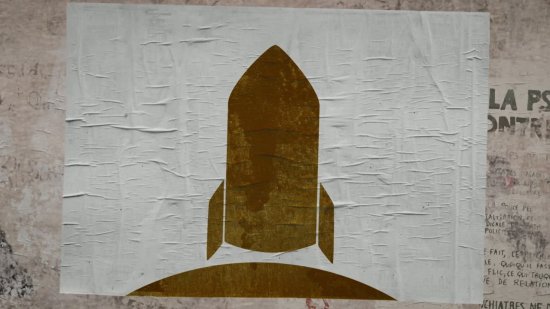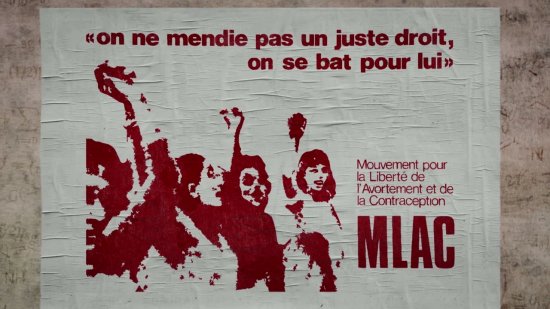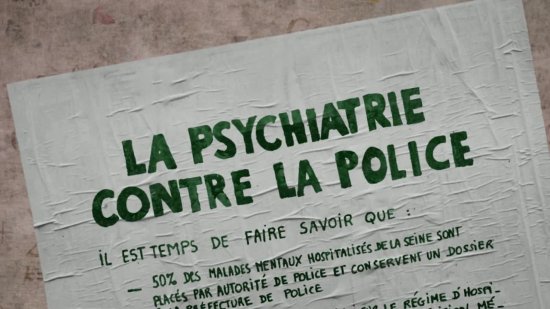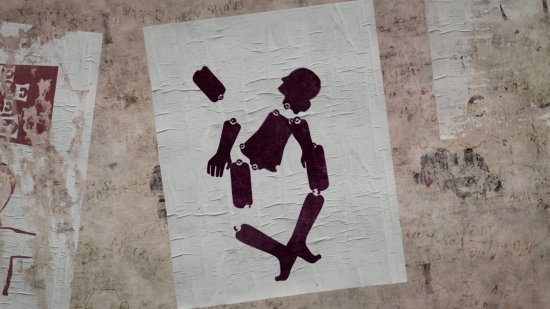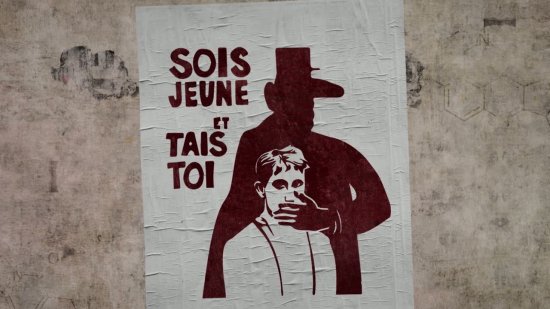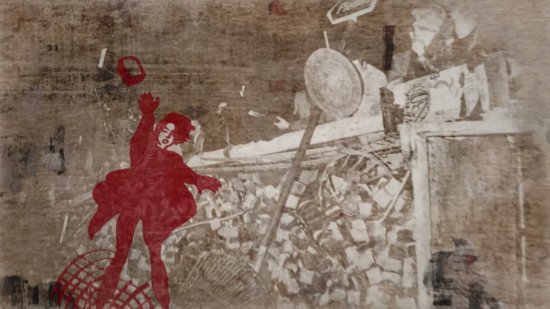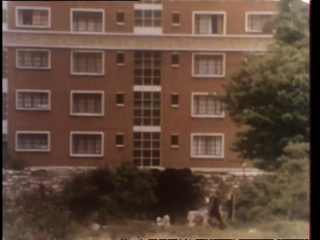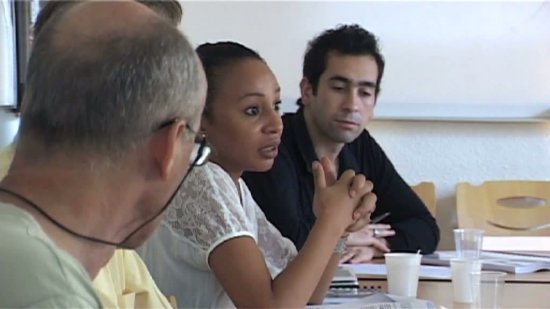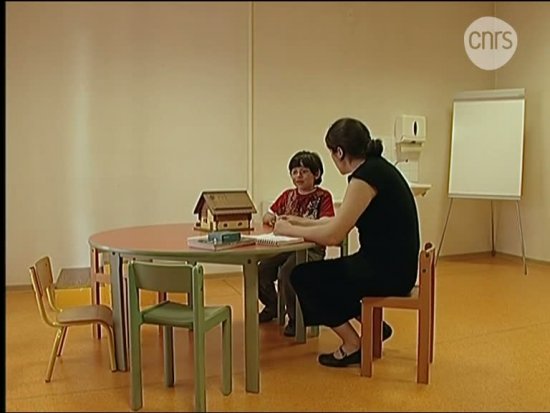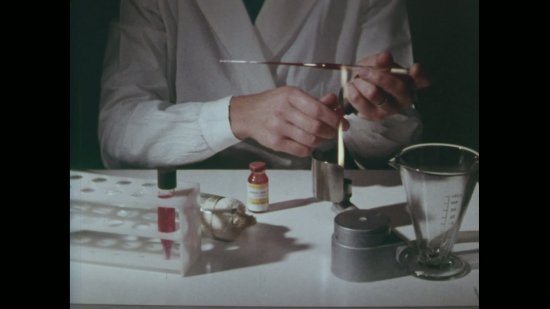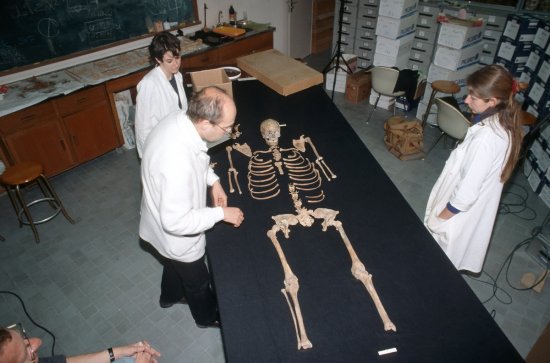Series
May '68, a showcase in science
In May 1968, French society was in turmoil. In the scientific community, people also started to protest, hope for and invent new practices.
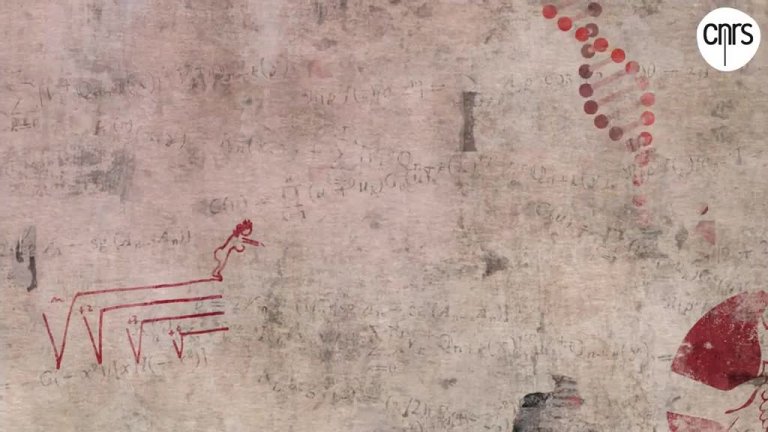
Universities were occupied, hospitals went on strike, the Saclay site of the CEA (Commissariat à l'énergie atomique/Atomic Energy Commission) entered massively into the strike, psychiatric practices were questioned. In the laboratories, some scientists decried derogatorily "mandarins", or senior academics, while some others sang "Do you know the beast who discovered integral calculus?"
Eight short films sketch out and map the major issues that jolted the scientific arena in that month of May: the sharing of knowledge, teaching, healthcare, research, psychiatry, the relationship of academia with the state, not to say its hierarchical patterns.
Eight short films sketch out and map the major issues that jolted the scientific arena in that month of May: the sharing of knowledge, teaching, healthcare, research, psychiatry, the relationship of academia with the state, not to say its hierarchical patterns.
CNRS Images,
Our work is guided by the way scientists question the world around them and we translate their research into images to help people to understand the world better and to awaken their curiosity and wonderment.
